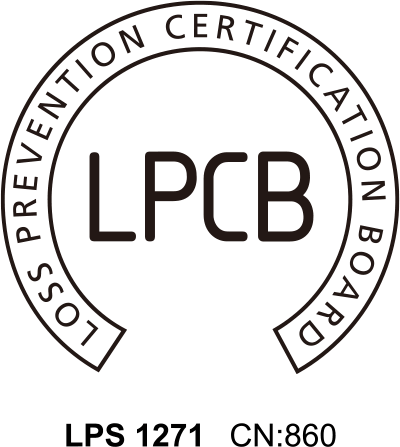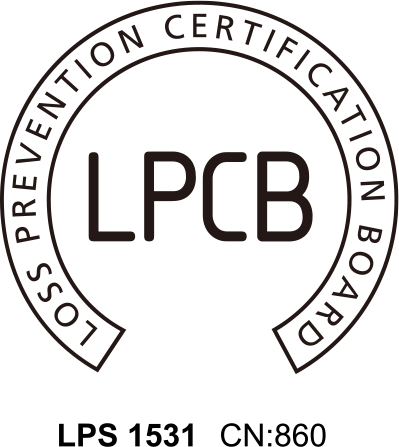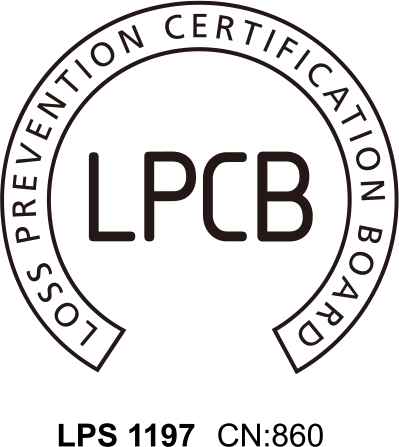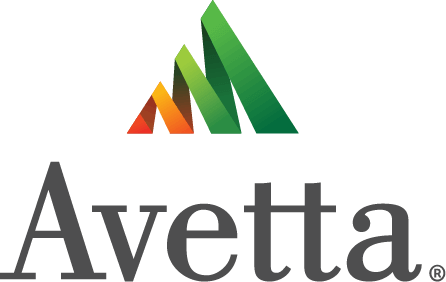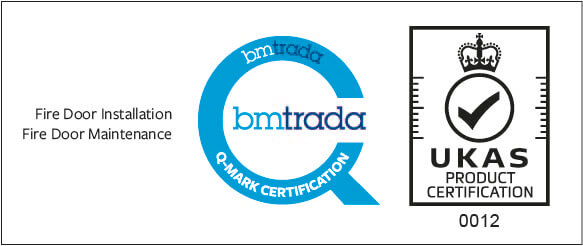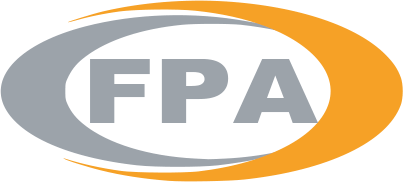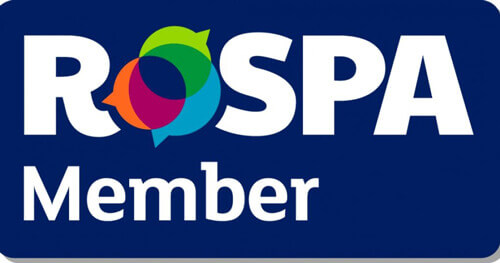Checkmate Fire Responds to the Hackitt Review
The publication of the long-awaited Independent Review of Building Regulations and Fire Safety, commissioned by the Government following the Grenfell Tower fire, saw Dame Judith Hackitt propose far-reaching changes that aim to ‘fix the system’ not just problems with specific products.
As a leading supplier of passive fire protection solutions, actively working in the areas of high rise residential buildings (HRRBs), as well as throughout the NHS and care homes, we were keen to see what measures had been recommended; and in particular, whether they would include a detailed and workable set of regulations for fire safety.
According to Dame Hackitt, a fundamental issue to date has been indifference and ignorance which has led to cost being prioritised over safety. In addition to calling for the introduction of a regulator, she stressed the need for cultural change to ensure fire safety measures are considered early in the design process for new builds.
At the heart of this report are the principles for a new regulatory framework which will drive real culture change and the right behaviours. We need to adopt a very different approach to the regulatory framework covering the design, construction and maintenance of high-rise residential buildings which recognises that they are complex systems where the actions of many different people can compromise the integrity of that system.
Dame Hackitt.
Checkmate Fire CEO, Mark Williams, said:
Those tasked with responsibility for ensuring fire safety in commercial, public and large residential buildings, and compliance with the Regulatory Reform (Fire Safety) Order 2005 and Building Regulations Part B, face major issues with fire stopping and fire doors specified and installed during the build process that are critical to the overall safety of the building.“Problems often start during the fit-out stage, when specialist products are typically installed by skilled joiners and general contractors, who are not necessarily aware of the exact requirements for those fire protection measures. Trying to reduce costs by not using expert passive fire protection contractors often results in the right UKAS-accredited products being fitted but in a way that does not meet the requirements for effective compartmentation.“This situation is rarely picked up before handover, in part because work can be self-certified by sub-contractors. With the main contractor then satisfied that the work has been completed by a competent person, Building Control Officers do not check every fire protection measure and fire door to assess whether they are fit for purpose. The end result is that new buildings are being signed off for occupation despite the presence of unnecessary – and usually unnoticed – fire safety flaws.
Key issues identified
Key issues identified in the Review included:
- Ignorance – regulations and guidance are not always read by those who need to, and when they do the guidance is misunderstood and misinterpreted.
- Indifference – the primary motivation is to do things as quickly and cheaply as possible rather than to deliver quality homes which are safe for people to live in. Some of those undertaking building work fail to prioritise safety, using the ambiguity of regulations and guidance to game the system.
- Lack of clarity on roles and responsibilities – there is ambiguity over where responsibility lies, exacerbated by a level of fragmentation within the industry, and precluding robust ownership of accountability.
- Inadequate regulatory oversight and enforcement tools – the size or complexity of a project does not seem to inform the way in which it is overseen by the regulator. Where enforcement is necessary, it is often not pursued. Where it is pursued, the penalties are so small as to be an ineffective deterrent.
Fire protection products
Even at the interim report stage, deep flaws were identified in the current system including a door marketed as a 30-minute fire door failing prior to 30 minutes when tested. This revealed significant concerns around quality assurance and the ability to trace other fire doors manufactured to that specification.
As a result, Dame Hackitt made recommendations with regard specifically to products used throughout the lifecycle of a building that have a critical impact on its safety. These include:
- A clearer, more transparent and more effective specification and testing regime of construction products must be developed.
- Clearer and more effective product specification and testing – specifically that manufacturers must retest products that are critical to the safety of HRRBs at least every three years, and be subject to independent third-party certification.
- A simpler, more streamlined set of standards relating to testing of products used in HRRBs, and the health and safety of people in and around those buildings.
- The construction products industry should work together to develop and agree on a consistent labelling and traceability system.
- For HRRBs to have a dedicated duty holder responsible for the safety of the whole building, both during the design and construction phase and the occupation phase and for keeping up-to-date records.
The Association for Specialist Fire Protection (ASFP), of which Checkmate Fire is a member, broadly welcomed the findings; in particular the desire to place a greater emphasis on considering fire safety early in the design process and the suggestion to implement mandatory third-party certification.
Mr Williams backed the ASFP’s position and further emphasised the importance of proper installation and maintenance of passive fire protection measures, along with the benefits of comprehensive record-keeping.
He said: “Incomplete asset registers, particularly when it comes to detailing fire doors, are a major frustration for those involved in the inspection of passive fire protection systems. How can any planned inspection and maintenance regime manage the hundreds of fire doors on a site such as a large residential tower block without a comprehensive register?
“Implementing a proper inspection and maintenance programme is a big ongoing job and one that is difficult to simply add into the mix of competing priorities for the general on-site maintenance team. Safety schemes such as asbestos management, electrical compliance and legionella risk assessments usually involve the use of specialists; shouldn’t maintenance of passive fire protection systems merit the same level of importance and resource?
“Getting your passive fire protection strategy right is paramount; it has been proven time and again to save lives and protect the integrity of multi-occupancy buildings. Moves that will help to persuade – and where necessary, mandate – constructors, property owners and managers to design, implement and maintain the right strategies for their buildings are both welcome and long overdue.”
